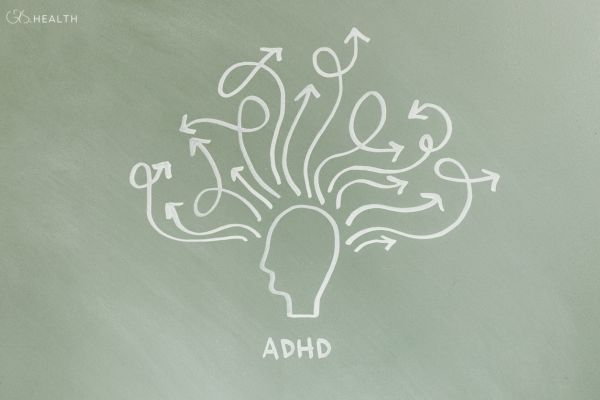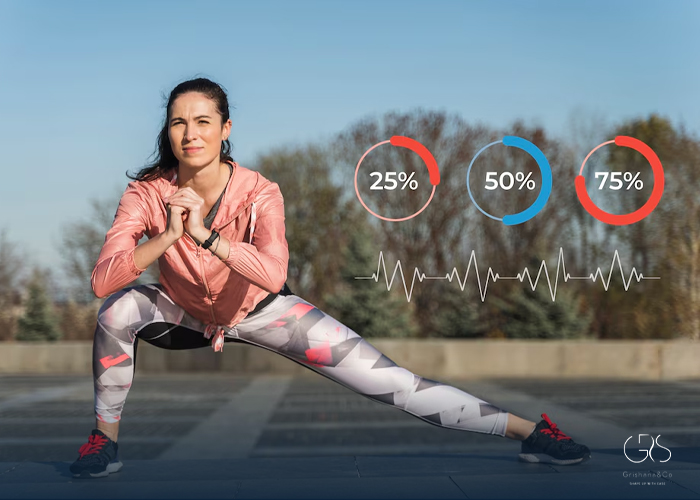Drinking sugar is worse than eating sugar, according to recent research. Liquid sugar from sodas, juices, and energy drinks causes rapid spikes in blood sugar and insulin, overwhelming the liver and increasing the risk of diabetes, heart disease, and fatty liver. Unlike solid foods, these drinks lack fiber and nutrients that slow sugar absorption. That’s why drinking sugar worse than eating sugar is now seen as a major metabolic health concern.
Why “drinking sugar worse than eating sugar”?
A major global meta‑analysis involving over 500,000 participants across five continents found that sugar consumed via beverages (soft drinks, fruit juice, sports/energy drinks) was consistently tied to increased risk of type 2 diabetes—unlike sugar from solid or nutrient‑dense foods, which showed no link or even a slight protective effect.
- Each 12‑oz serving of sugar‑sweetened beverage per day corresponded to about a 25% higher risk of developing type 2 diabetes.
- Even fruit juice (8‑oz serving) increased risk by around 5%, despite being often perceived as healthy.

Metabolic mechanisms behind the difference
drinking sugar worse than eating sugar appears to be due to unique effects on liver metabolism and rapid glycemic load. Liquid sugars deliver rapid glucose and fructose absorption without fiber, fat, or protein buffers. This overload may lead to liver fat accumulation, hepatic insulin resistance, and systemic metabolic dysregulation.
Additional animal research reveals that regular intake of sugary drinks prompts the intestines to adaptively prioritize sugar absorption (“molecular addiction”), increasing sugar transporter proteins while reducing fat/protein transporter activity. That adaptation contributes to glucose intolerance, weight gain, fatty liver, and metabolic disease risk.
Health consequences beyond diabetes
- A Swedish cohort study of nearly 70,000 people over two decades found soda and sweetened drinks significantly increased risks of ischemic stroke, heart failure, atrial fibrillation, and aortic aneurysm—while moderate intake of solid sweets showed no such harm.
- Epidemiological data also links sugar-sweetened beverages to obesity, dental erosion, hypertension, kidney stones, and increased all-cause mortality.
Why solid sugar appears less harmful
Whole fruits and nutrient‑dense foods contain sugar embedded in fiber, protein, and fat. These slow digestion and glycemic rise, reduce the metabolic burden on the liver, and support satiety. Surprisingly, moderate sugar from such sources has been found inversely related—or at least not positively correlated—with diabetes risk in the major study.

How drinking sugar worse than eating sugar impacts the body
- Fast glycemic spike: Liquids—especially SSBs and fruit juices—lead to rapid glucose entry into blood, overwhelming insulin response.
- Liver burden: Fructose in drinks rapidly converts to liver fat, fueling insulin resistance.
- Molecular changes: Animal studies show sugary beverages drive intestinal and hepatic adaptations that amplify sugar absorption and impair other nutrient uptake.
(If you’re interested in reading about daily sugar intake)
Evidence that drinking sugar worse than eating sugar increases chronic disease
- Epidemiological data shows beverage sugar intake increases risk of diabetes (~25–30%) and cardiovascular conditions (stroke, atrial fibrillation) far more than sugar from food.
- Artificially sweetened beverages may also carry risk—one Australian study showed 38% increased diabetes risk even from diet drinks, possibly via direct metabolic effects independent of calories or obesity.
Broader implications for public health and dietary guidelines
- Public health guidelines have historically grouped all added sugars similarly—but this new research suggests distinctions based on source and form matter.
- Liquid sugar (especially from SSBs) may justify stricter limits, taxes, or targeted policies separate from solids.
- Sugary drink taxes have shown some success in reducing consumption, though effectiveness depends on design and context.
Recommendations for reducing risk
- Limit sugar‑sweetened beverages and fruit juice.
- Favor whole fruit over juice for fiber, slower absorption, and nutritional value.
- Replace sugary drinks with water, unsweetened teas, or diluted juice.
- Gradually reduce liquid sugar intake to avoid cravings and metabolic disruption.
Conclusion
Emerging scientific consensus suggests that drinking sugar worse than eating sugar, particularly through sweetened beverages, amplifies the risk of type 2 diabetes, cardiovascular disease, and metabolic disorders. In contrast, comparable quantities of sugar consumed in solid or nutrient‑rich forms appear significantly less harmful—and in some cases may be benign or protective. Future dietary guidelines and public health strategies should consider not only how much sugar is consumed, but also in what form.
Sources
- New York Post, Drinking soda changes the way your body absorbs sugar — including from other food
- Food and Wine, Eating Sugar? Fine. Drinking It? Not So Much
- BMJ, Dietary sugar consumption and health: umbrella review
- ScienceDirect., Dietary Sugar Intake and Incident Type 2 Diabetes Risk: A Systematic Review and Dose-Response Meta-Analysis of Prospective Cohort Studies











